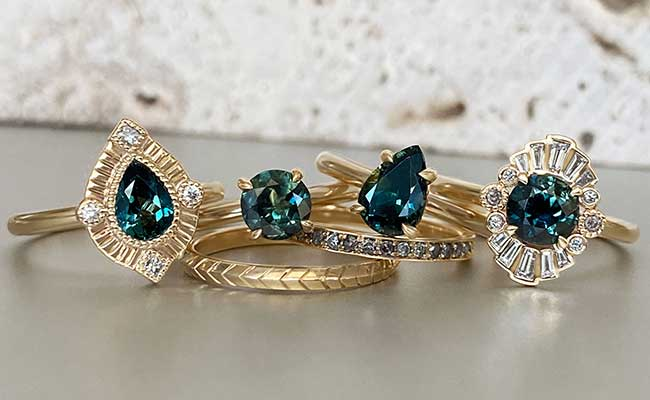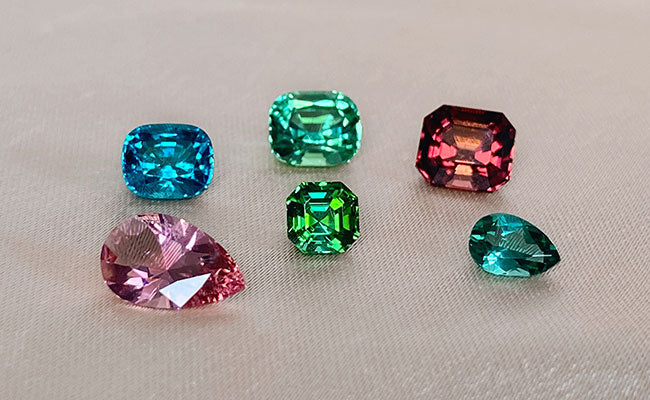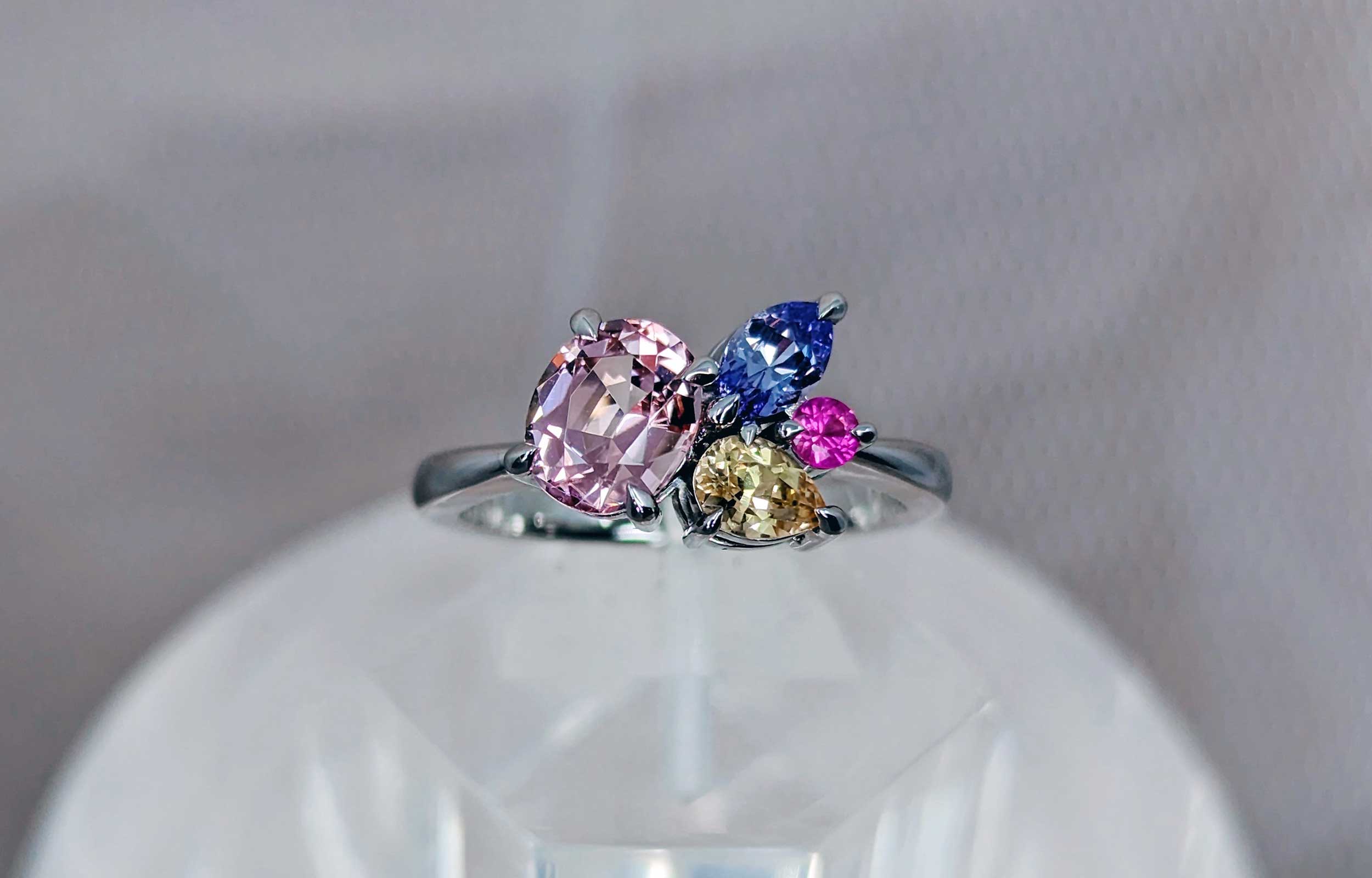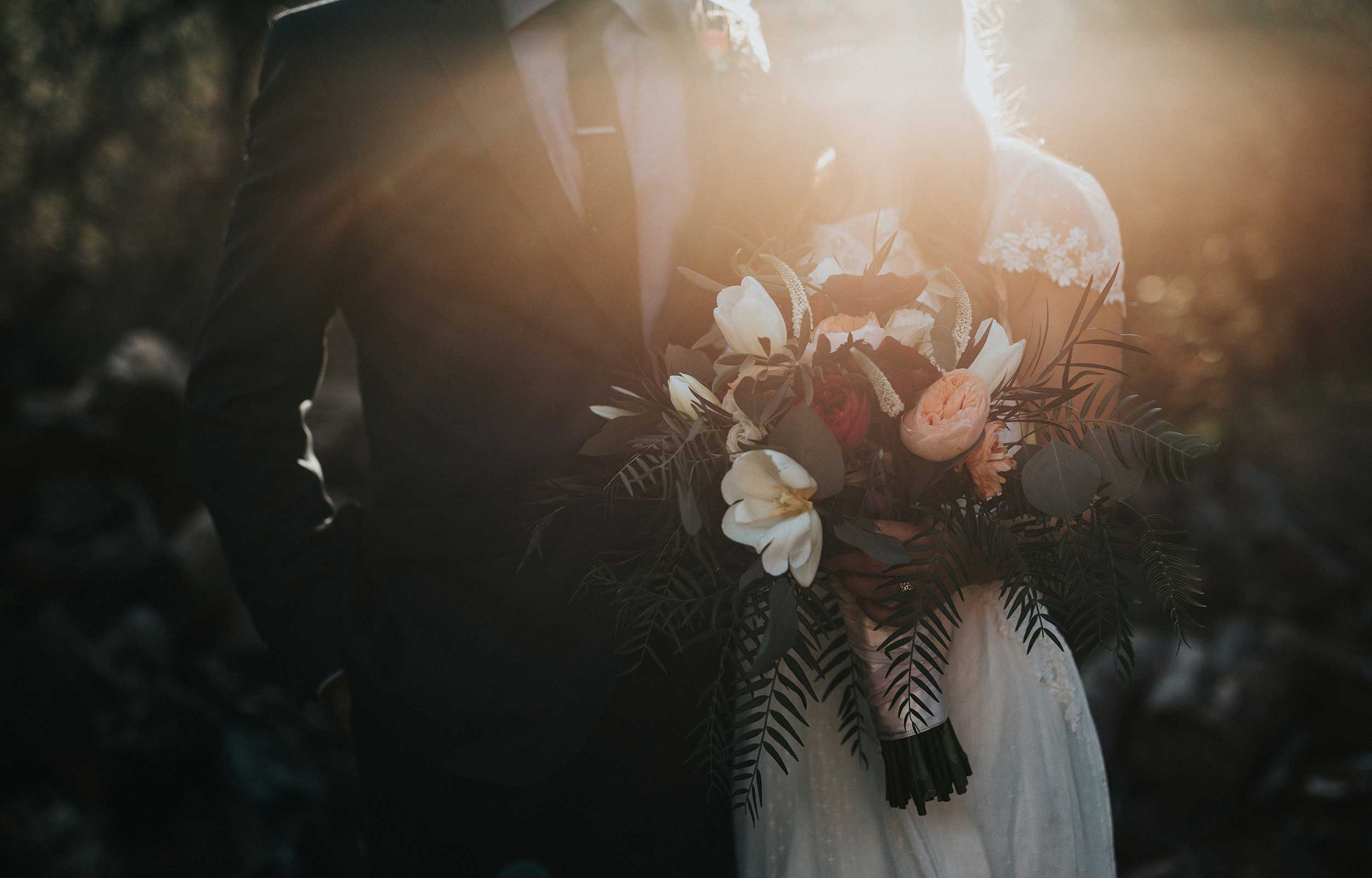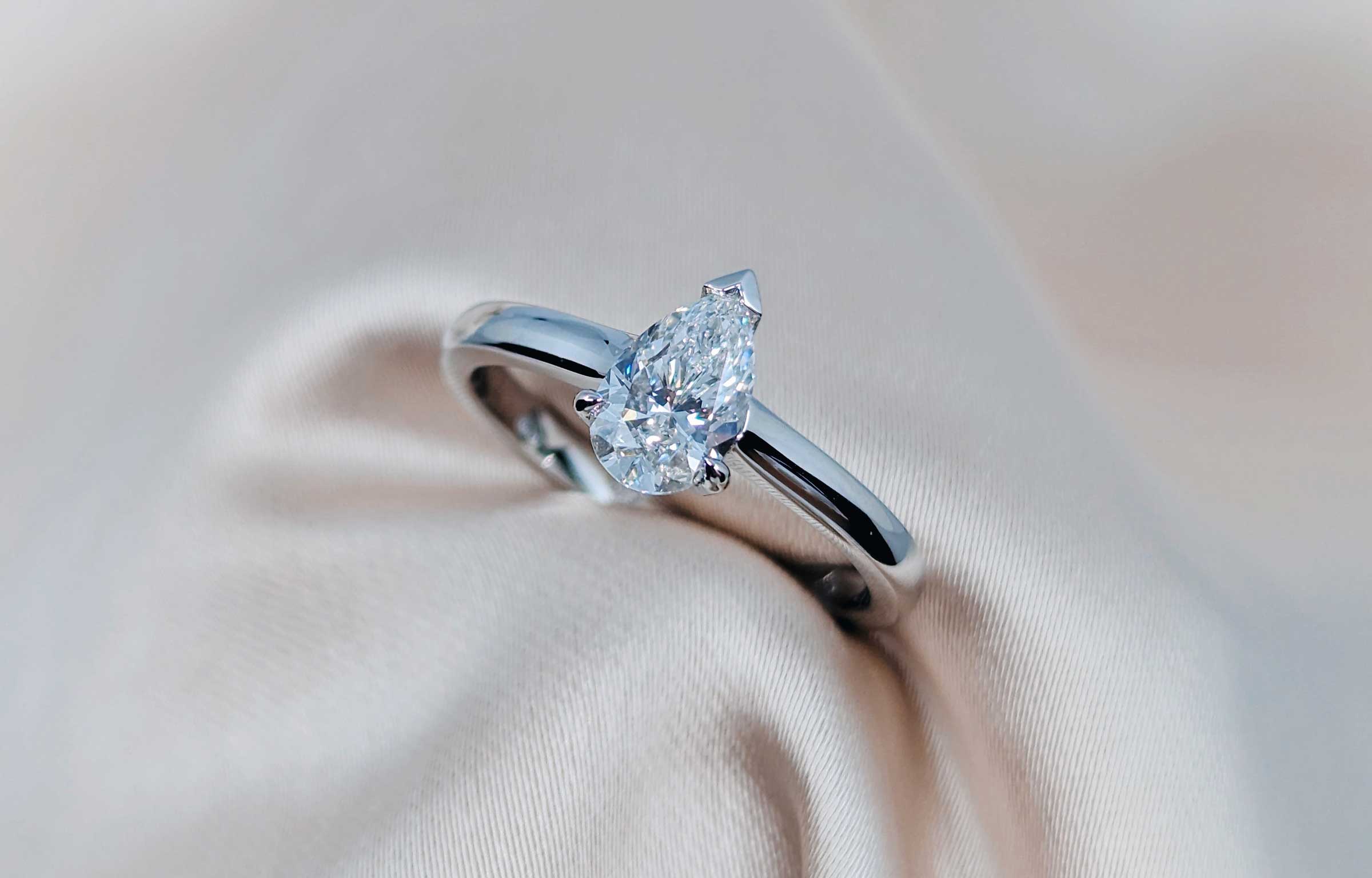
What is the difference between platinum and white gold?
If you’re keen on a special piece of jewellery you may have wondered: Platinum or white gold... which is better? Both metals are great choices for jewellery that needs to stand the test of time. As custom jewellers, here is our recommendation on how to decide which is the right choice for you.
Many years ago, white gold was the more popular, more affordable choice. But in recent years, platinum prices have dropped while gold prices have risen.
At the time of updating this article, gold prices are growing at an unprecedented rate. Scroll to the bottom to see why white gold has lost its edge in 2025.
Platinum vs 18ct white gold - which is better?
Here’s your answer, right up top. We go into detail on each of these points later, so keep reading for more information.
In short, choose platinum if:
- You want a naturally white metal that doesn’t need to be plated to maintain a bright white colour
- You want gemstones set into dainty claws
- You want a finer band
- You like a bit more weight in your jewellery
Choose white gold if:
- You want your ring engraved, especially on the outside of the band
- You are wearing it against another ring in white, yellow or rose gold

Is white gold whiter than platinum?
Put a white gold and a platinum ring together and you might see that they are both bright white metals, very similar in colour.
Platinum is naturally this colour and will stay this colour over its lifetime.
White gold on the other hand, is naturally a greyer or more yellowish colour depending on the alloy. It's generally plated with a fine layer of rhodium (a platinum group metal) to achieve that bright white look.
The rhodium layer on plated jewellery can wear off over time, exposing the natural colour of the metal underneath. Replating your white gold jewellery is optional, however you may want to factor this into its cost over time.
Is white gold or platinum more durable?
While both metals are great options for jewellery, both have different characteristics. Platinum is a dense metal that, when knocked or scratched, tends to shift or deform on a microscopic scale rather than chip away like white gold. This means you lose less material through wear and tear over the long term.
Let’s say we have a ring handmade in platinum and a ring handmade in white gold. Both are the same thickness and exposed to exactly the same wear and tear. After many years, the white gold ring will be thinner than the platinum ring as more metal will have abraded over time.
However, because of platinum's tendency to shift or deform on a microscopic scale, a white gold ring will retain fine details, such as engraving or textures, for longer.
Should I set stones in a platinum ring?
As a dense metal, platinum claws are more secure than white gold claws. Platinum claws bend and stay put, while white gold can have a little bit of spring to it as it’s pushed down over a stone. This, along with platinum’s durability, makes it a better choice for pieces with claw-set gemstones.

Does platinum lose its shine?
Platinum and white gold can both polish up to a mirror finish. However, remember when we talked about the tendency for platinum to “shift” rather than “chip”? This characteristic means that platinum tends to take on a matte finish over time, called the platinum patina. White gold may stay shinier for longer. However neither metal is scratch-proof, and you'll see scratches develop on both platinum and white gold over time.
Is platinum more expensive than white gold?
Platinum jewellery used to cost significantly more than 18ct white gold jewellery, however in more recent times, the spot price of pure platinum has fallen and the spot price of pure gold has increased (as well as the price of palladium, a platinum group metal that is often used to make high quality white gold).
Following record high gold prices, scroll to the bottom of this page to find out whether white gold has lost its appeal in 2025.

Can I wear platinum and gold together?
If you're concerned about one ring scratching the other, it’s best to stack rings made of the same metal. A white gold and yellow gold ring stack will show less wear on the surfaces between the rings compared to a platinum and yellow gold ring stack.
What are platinum and white gold made of?
The platinum alloy used in jewellery generally contains 95% pure platinum and 5% other metals (for example the platinum group metals iridium or ruthenium, or other metals like cobalt or copper). Jewellery can also be made from a less common 60% platinum alloy, however this has fewer of the benefits associated with the 95% platinum alloys.
White gold also comes in various purities, for example:
- 9ct (37.5% pure gold)
- 14ct (58.3% pure gold)
- 18ct (75% pure gold)
The remaining metal may include zinc, silver, palladium, platinum or nickel. Because nickel can trigger allergic reactions, it's rarely used in white gold jewellery in Australia (or used at very low, “nickel-safe” levels). Read more about the difference between 9ct and 18ct gold.
I've had reactions to white gold jewellery. Is platinum hypoallergenic?
Pure platinum and pure gold are inert and biocompatible, which means that they aren’t affected by oxygen, acids or chemicals and are suitable for wearing in and on the body. The platinum alloys used to make jewellery are generally 95% platinum, making them hypoallergenic and a great choice for people with sensitive skin.
People who have experienced allergic reactions to white gold are likely to have been wearing an alloy that contains nickel, a common trigger for contact dermatitis. White gold jewellery made in Australia is generally safe to wear for those with nickel allergies.

As gold prices climb, has white gold lost its edge in 2025?
Gold prices have continued to soar to record-breaking levels in 2024 and 2025. Once considered the most expensive metal, platinum has now become the more affordable choice compared to 14ct and 18ct white gold.
If you’re in the market for a white metal, 9ct gold can still offer a more budget-friendly choice. However, due to its durability, naturally white colour and price point, most of our customers now opt for platinum over both 14ct and 18ct white gold.
What about silver?
If you’re looking for a piece of jewellery in a white metal, you may wonder how silver matches up. Sterling silver is very cost effective compared to platinum and white gold. However there are a few downfalls:
- It can tarnish or turn black over time
- It’s very soft and can show dents and signs of wear much more quickly than both platinum and white gold
- As it’s a soft metal, claws don’t hold gemstones anywhere near as securely as they would in white gold or platinum
As a general recommendation, opt for platinum or white gold for pieces like engagement rings that need to stand the test of time.
Have questions?
Send an email and we'd be happy to chat about whether white gold or platinum is the best option for you.

